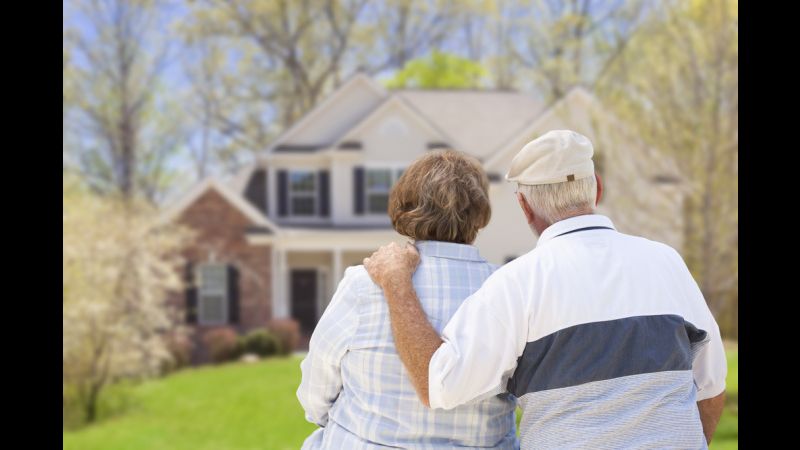Radon is a type of odorless, colorless radioactive gas that forms after certain elements in soil and rocks decay. It’s a naturally occurring gas that can affect people of every age in every neighborhood. It is especially important to be aware of radon when it comes to elderly home safety, as the gas can then enter the home through any cracks in walls or floors, or through gaps in foundations around wires, pumps and pipes — putting the safety and health of everyone who lives there at risk.
Even though not much attention is focused around this issue, radon exposure is a health threat that needs to be taken seriously. Second only to cigarette smoking, radon exposure is a leading cause of lung cancer in the United States, resulting in 21,000 deaths a year.
That’s why it’s essential that you do everything you can to reduce the amount of radon levels in your home so you can breathe in clean air and stay healthy as you age in place. While it’s typical to test for radon when buying a new home these days, that wasn’t always the case, so if you or a loved one have lived in the same place for many years, it might be worth it to test for radon before it’s too late.
Lowering Your Risk of Radon Exposure
Although everyone’s health is negatively affected by this hazardous gas, radon exposure can be especially dangerous for seniors who spend most of their time within the home. Luckily, there are some simple steps you can take to ensure that you are living in a radon-free environment, including:
- Know your risk level. About 1 in 15 homes in the United States is subjected to unsafe levels of radon, but these levels vary greatly in different parts of each state — sometimes even from neighborhood to neighborhood. To help you determine if your location is at a higher risk of radon exposure, the Environmental Protection Agency provides a helpful map, but you should still test your home regardless of your risk level depicted on the map.
- Use a radon detector kit. Since you cannot see or smell radon, the only way to know if your home contains unsafe levels of radon is by testing it. Luckily, a radon detector kit is a very simple and inexpensive solution. All you have to do is place the detector in the lowest livable level to measure the amount of radon present. There are two types of kits available:
- Short-term tests measure the amount of radon in your home for anywhere between 2 and 90 days, depending on which kit you purchase online, at a hardware store or at a home improvement store.
- Long-term tests last more than three months and provide more accurate results, especially since a variety of influences like rain, snow and barometric pressure all affect the levels of radon in the home.
After the radon detector kit is in your home for the recommended amount of time, simply mail it to the assigned laboratory for analysis. Should the results reveal that your home has a radon level at or higher than 4 picocuries per liter, you need to take action to keep your home safe immediately.
- Find a qualified contractor. If an unqualified contractor tries to resolve this issue, the radon levels in your home could actually increase. That’s why you need to find a qualified contractor through the National Radon Proficiency Program or the National Radon Safety Board who will be able to successfully seal cracks in the floors and walls and increase ventilation using pipes and fans.
Symptoms of Lung Cancer Due to Radon Exposure
Even after using a radon detector kit and hiring a qualified contractor to make your home less susceptible to radon exposure, you still need to be on the lookout for the symptoms of lung cancer if you’ve been exposed to this hazardous gas for any amount of time, including:
- Frequent respiratory infections. Radon damages lung tissue, so you may experience coughing and wheezing along with shortness of breath or difficulty swallowing.
- Ongoing chest pain. You may also experience tightness, throbbing or general discomfort around your chest or lungs.
- Coughing up blood. It’s not uncommon to cough up blood from your nose or mouth due to radon exposure, and this symptom may also be accompanied by dizziness or hoarseness.
- Migraines. Migraines are a result of foreign chemicals, like radon, flooding the brain. Not only can they be extremely painful and debilitating, but a combination of the symptoms outlined above may also accompany the migraine.
Should you notice any of these serious and life-threatening symptoms, you can use your Medical Guardian medical alert device to contact our 24/7 monitoring center and receive medical attention immediately. When it comes to promoting elderly home safety, nothing is better than having a direct line to help should you ever experience a fall, power outage, house fire or a medical emergency.

